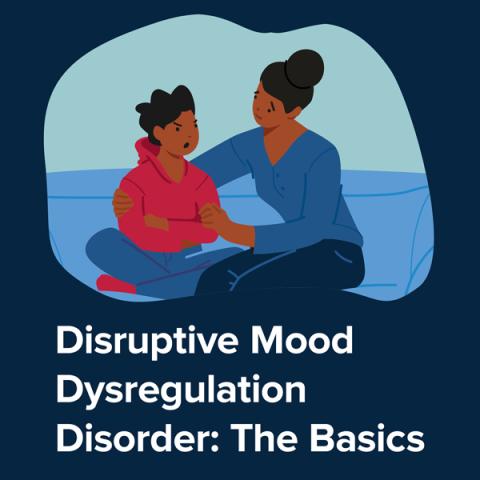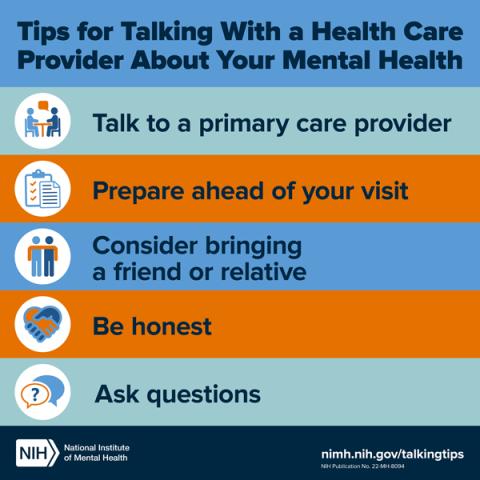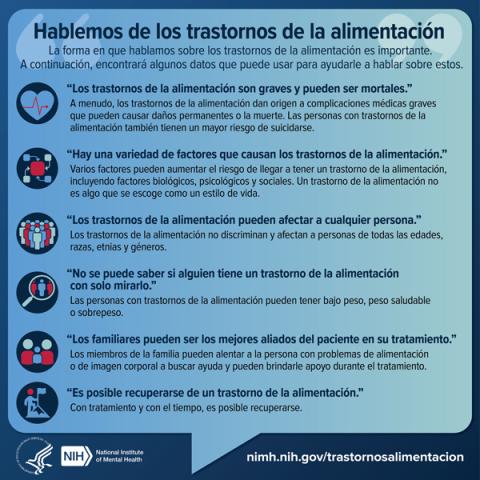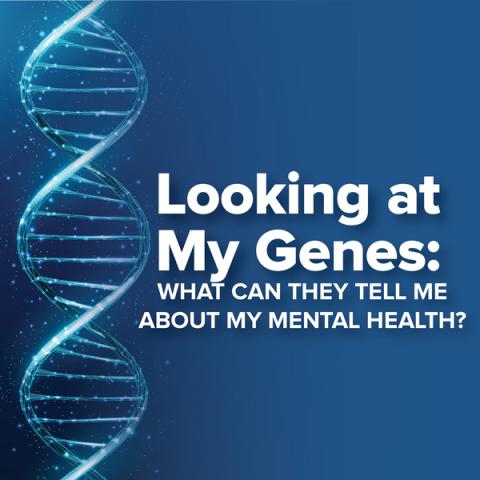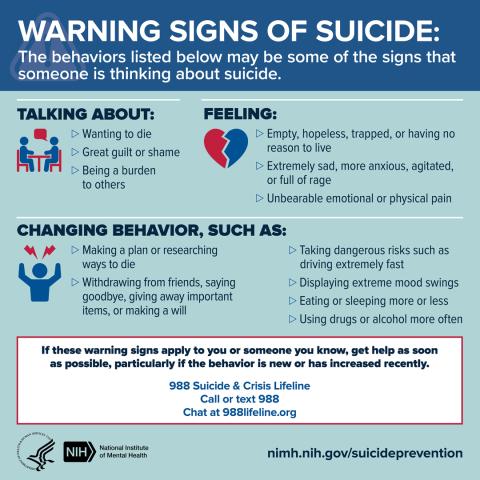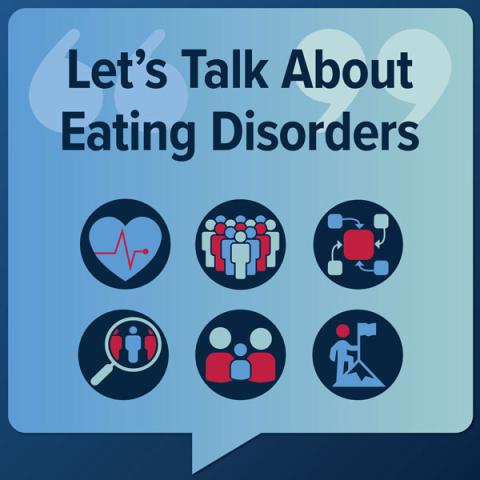
This infographic presents facts that can help shape conversations around eating disorders.
NIMH publication orders are temporarily suspended. Please check back for updates.
Related Publications
-
This fact sheet provides information about disruptive mood dysregulation disorder including a description of the condition, signs and symptoms, how it is diagnosed, treatment options, and tips for parents and caregivers.
-
This fact sheet provides five tips to help prepare and guide you on how to talk to a health care provider about your mental health and get the most out of your visit.
-
Esta infografía presenta datos que pueden usarse para ayudar a desarrollar una conversación sobre los trastornos de la alimentación.
-
This fact sheet provides information on how you can look at your family health history and your genes to determine your risk of developing a mental disorder. It describes the difference between clinical genetic testing and direct-to-consumer genetic reports and how research on genetics is contributing to the diagnosis and treatment of mental disorders.
-
This infographic presents behaviors and feelings that may be warnings signs that someone is thinking about suicide.
Order publications by phone
Solicitar publicaciones por teléfono

